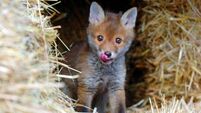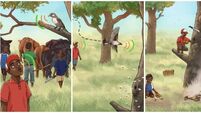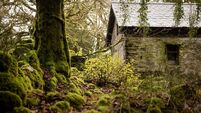Birds of Ireland: Kestrel
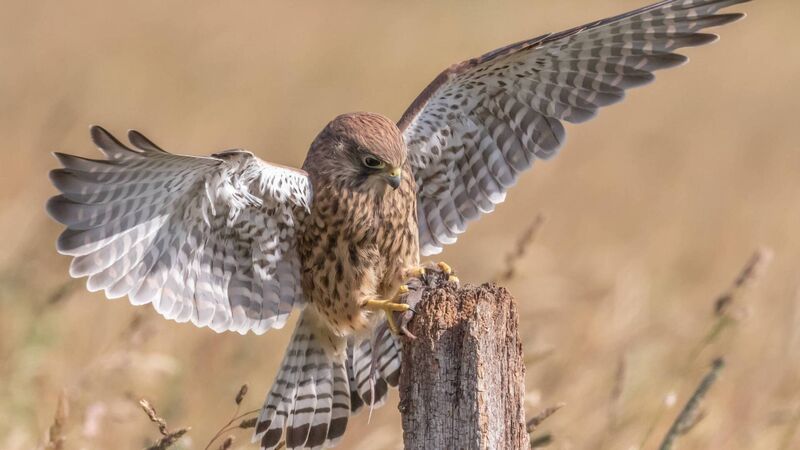
A kestrel (Falco tinnunculus) has a wingspan of 74-78 centimetres
A kestrel is about 32-36 centimetres long with a wingspan of 74-78 centimetres. They are a common breeding species found on farmland here all year round.
Kestrels are about the size of a jackdaw.
Males have a grey head, a rusty-coloured back and a long, grey tail with a white-tipped terminal black band.
Females are red-brown with dark barring on their back/wings. They have dark primaries with a pale and streaked underside. The female's tail is brown with dark bars and is pale-tipped with a dark terminal tail band.
Juvenile and immature kestrels look similar to the females but have brighter tones and heavier streaking below.
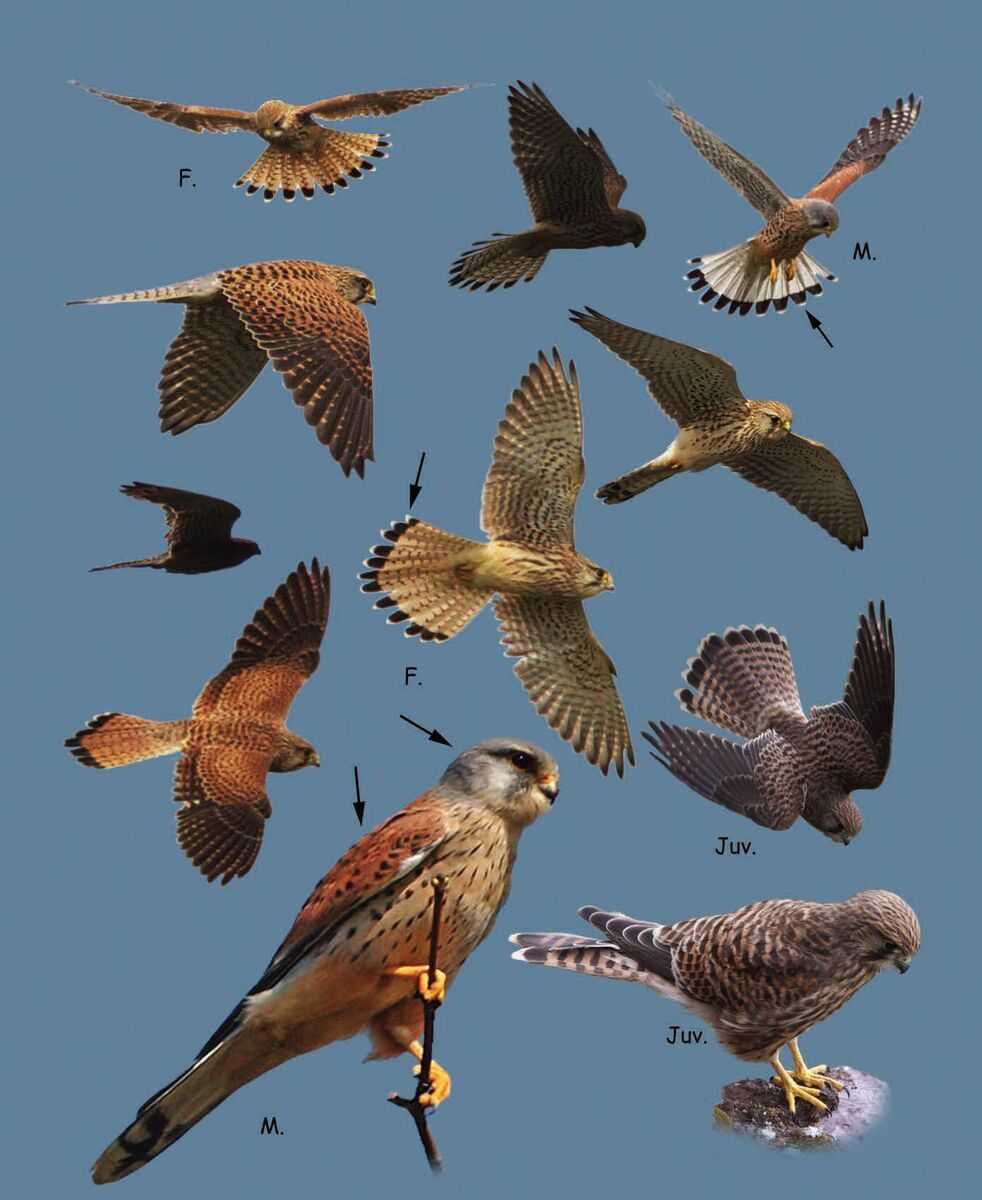
In flight, a kestrel hovers in one spot, sometimes not flapping its wings if the wind is strong enough. When flying, their wings appear pointed and look narrower and more pointed than a sparrowhawk's. Their pale-tipped black terminal tail band is visible when they are flying.
A kestral is vocal during breeding season near its nest — a loud, sharp, rapid .
When setting up and adjusting your binoculars do not block your eye with your hand because the pressure of the hand on the closed eye can temporarily impair vision in that eye and so defeat the purpose of the exercise.
Often there are numbers on the side of the adjustable eyepiece, so you can remember the setting that suits you.
If you cannot afford to buy a pair of binoculars, someone might have a broken pair and if the side with the adjustable eyepiece is undamaged it could be used as a monocular.
Featured in by Jim Wilson, with photographs by Mark Carmody
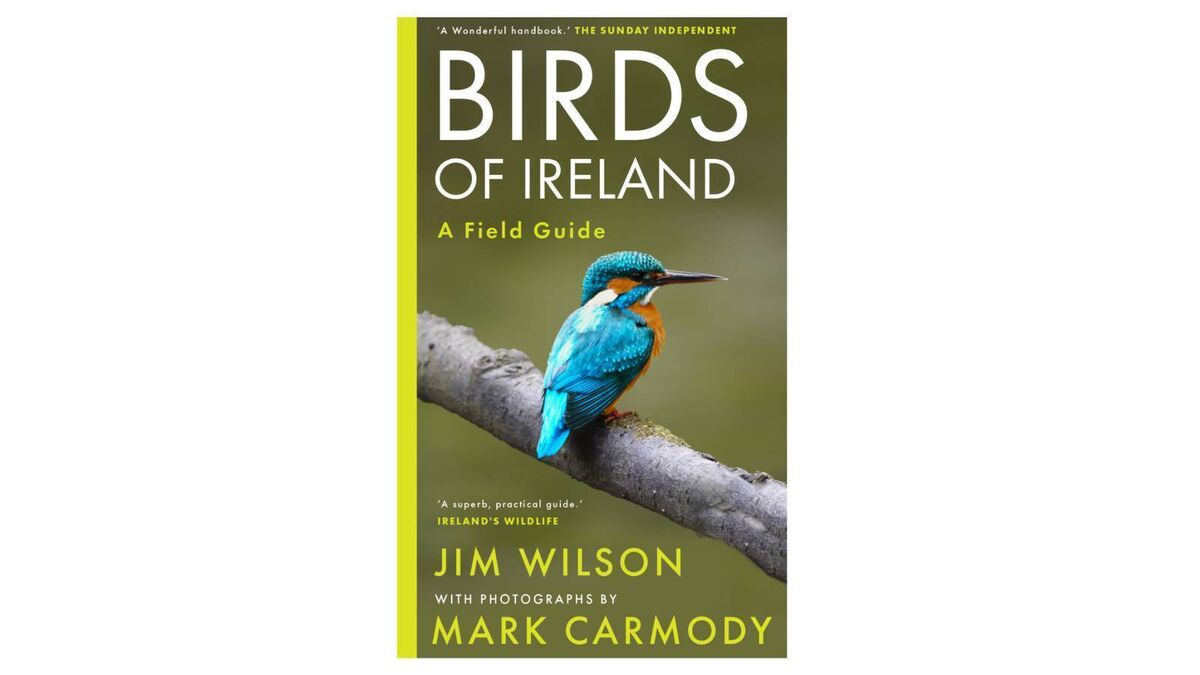
- Jim Wilson is a wildlife writer, broadcaster, tour leader, and former chairman of BirdWatch Ireland. He has been involved in the study and conservation of birds in Ireland for more than 45 years, contributing to several major surveys and international projects.
- Mark Carmody is an award-winning wildlife photographer, has a PhD in biochemistry and works as a European patent attorney.




